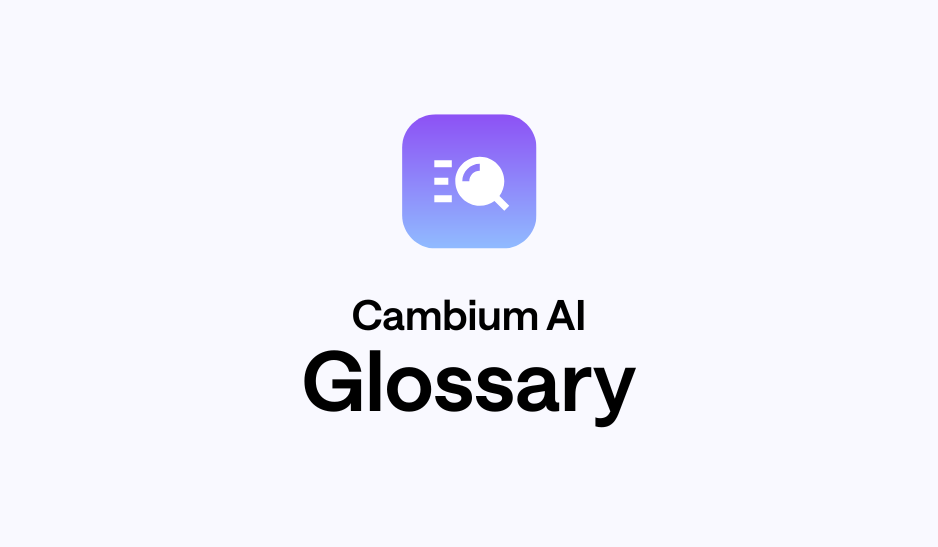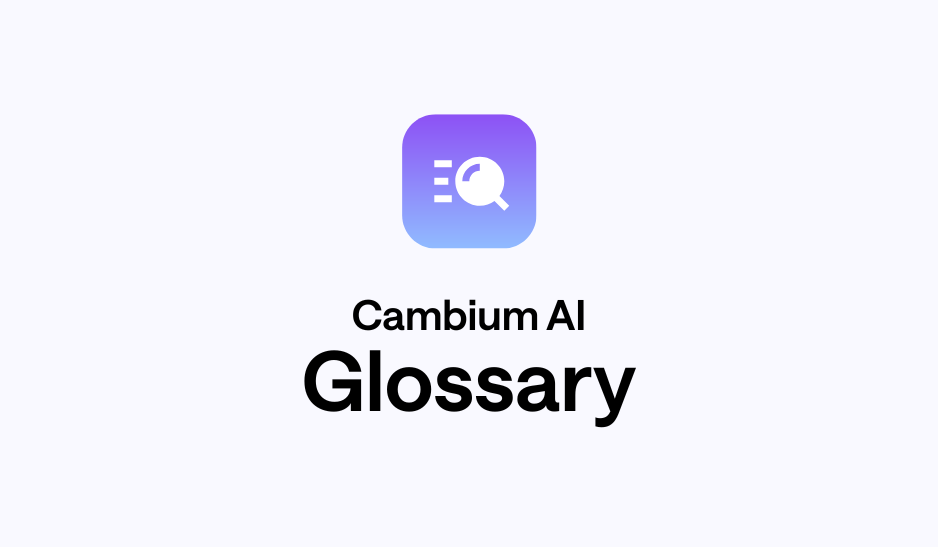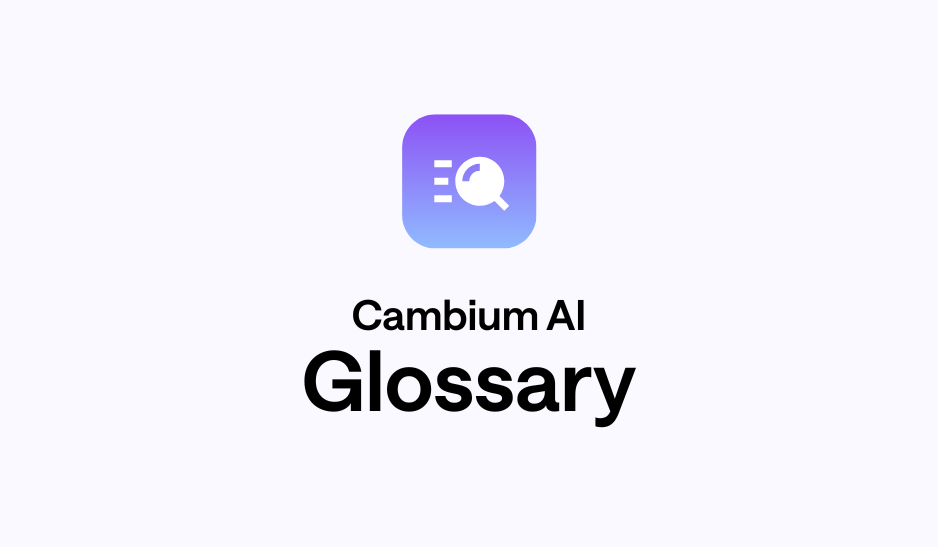Poverty Status in the Past 12 Months | Demographic Glossary

Definition
Indicates whether an individual or household had income below the official poverty threshold (a set dollar amount that varies by family size, age of householder, and number of children) during the 12 months prior to the survey.
Why It Matters
This is the fundamental measure of economic hardship, identifying individuals and households that lack the income to meet basic needs. It is crucial for understanding economic vulnerability, designing social safety nets, and targeting support.
Specific Relevance for Professionals:
Marketers
Helps identify segments with very limited discretionary income, influencing product development (e.g., essential goods, value brands) and messaging that prioritizes affordability and basic needs. It guides strategies for serving or avoiding markets based on income constraints.
Researchers
Fundamental for studying economic well-being, social inequality, and the effectiveness of anti-poverty policies. It serves as a core variable in analyses of health outcomes, educational attainment, and social mobility across different income strata.
Consultants
Crucial for social impact assessments and advising clients on community development projects, non-profit initiatives, or services tailored to populations with specific economic constraints. It helps assess the feasibility of business models in low-income areas.
Public Policy Workers
Paramount for designing social welfare programs, allocating resources for housing assistance, food security, and healthcare, and identifying communities most in need of economic development interventions. It directly informs poverty reduction strategies.
Explore this dataset in Cambium AI

